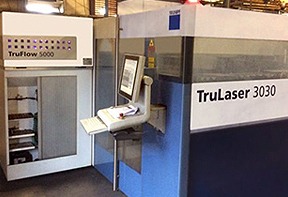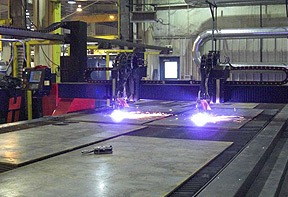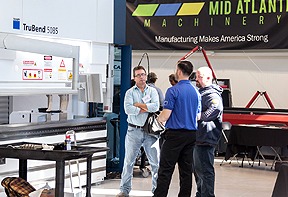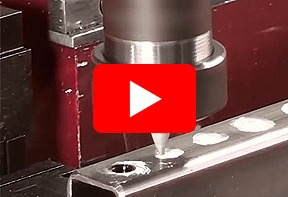The Cost Efficiency Catalyst: Unveiling the Economic Advantages of Automated Machine Tending
In the fiercely competitive landscape of manufacturing and fabrication, cost-efficiency is a linchpin for sustainability and growth. The advent of Automated Machine Tending Systems (AMTS) has emerged as a formidable ally for enterprises striving to trim operational costs while enhancing productivity. Here’s an in-depth look at how AMTS are redefining cost-efficiency for modern manufacturers and fabricators:
- Reduced Labor Costs:
Automated machine tending significantly curtails labor expenses by automating repetitive, mundane, and hazardous tasks. By reallocating human resources to more strategic, value-added tasks, manufacturers can optimize labor costs and enhance overall productivity1.
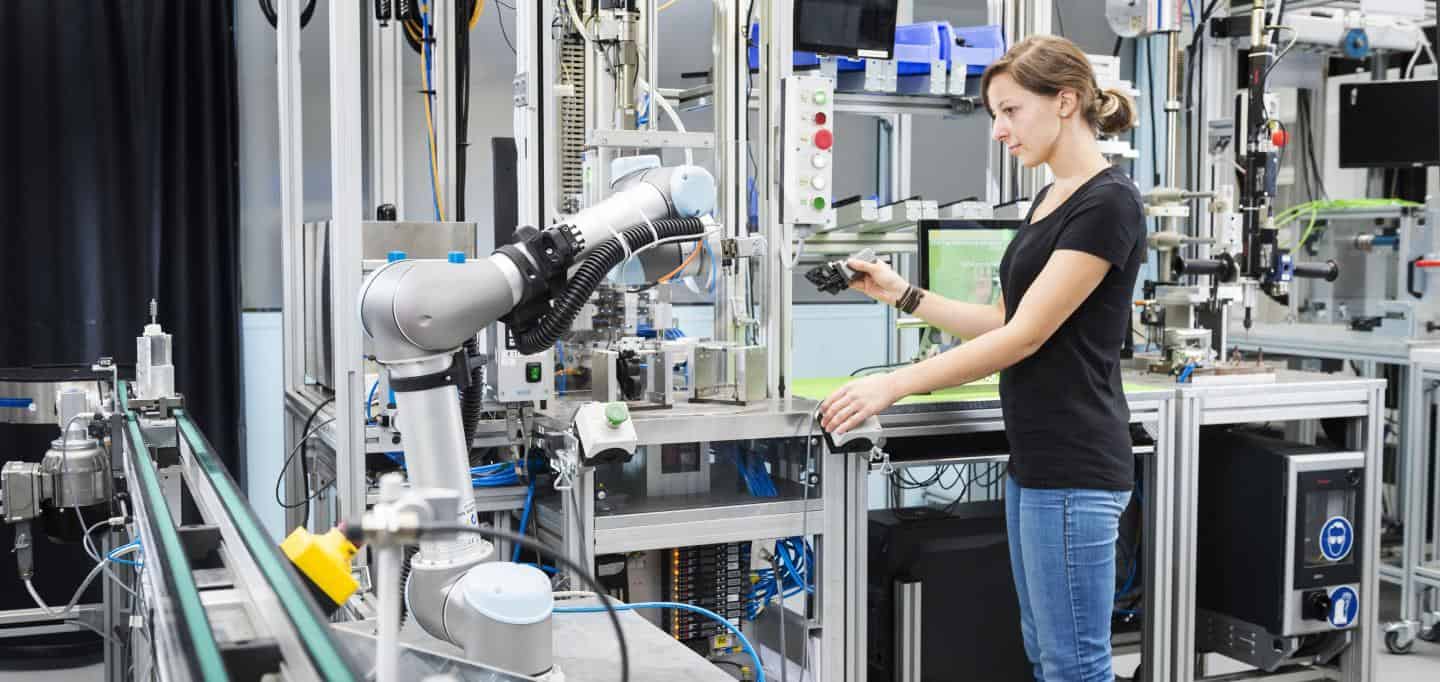
- Increased Machine Uptime:
With AMTS, machines experience minimal downtime as they are tended round the clock without fatigue. The enhanced machine uptime leads to higher production rates without the need for overtime pay or additional manpower, translating to substantial cost savings23.
- Enhanced Throughput:
The seamless operation of AMTS ensures a faster, smoother production line, significantly boosting throughput. With higher throughput, manufacturers can meet increased demand without scaling up operations or incurring additional costs1.
- Lower Lifecycle Management Costs:
Modular automation, a form of machine tending, demonstrates up to 20% lower life cycle management investment, saving manufacturers from substantial financial outlay over the lifespan of the equipment4.
- Improved Quality and Reduced Rework:
The precision and consistency of AMTS result in superior product quality, reducing the likelihood of defects and the associated costs of rework and warranty claims5.
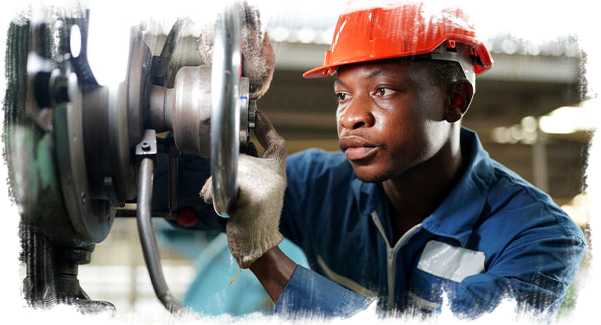
- Energy Efficiency:
Automated systems are often designed to optimize energy consumption, thus lowering the energy bills. Moreover, the ability to operate without lighting or climate control during unattended operations can further reduce energy costs.
- Predictive Maintenance:
AMTS, equipped with sensors and monitoring systems, enable predictive maintenance, identifying potential issues before they escalate. This proactive approach minimizes unexpected downtime and associated repair costs, contributing to overall cost efficiency.
- Material Savings:
By minimizing waste through precise operations, AMTS contribute to material savings, which is crucial in an era of escalating material costs.
- Data-Driven Decision-Making:
The data harvested by AMTS facilitates informed decision-making, allowing manufacturers to refine processes, optimize resource allocation, and ultimately, achieve better cost management.
The integration of Automated Machine Tending Systems is more than a mere adoption of modern technology; it’s an investment in a cost-efficient future. By automating mundane and critical tending tasks, manufacturers and fabricators are not only bolstering their bottom lines but are also positioning themselves favorably in a competitive market.
Dive deeper into the economical prowess of AMTS and discover how they can be the cornerstone of your cost-efficiency strategy in our comprehensive exploration. For more information contact us today!





